
CADMIUM SULPH
Cadmium Sulphuratum, is a homeopathic remedy derived from cadmium sulfate.
It is primarily indicated for conditions characterized by extreme exhaustion, vomiting, and prostration, often seen in diseases like cholera and yellow fever.

Cadmium Sulphuratum, is a homeopathic remedy derived from cadmium sulfate.
It is primarily indicated for conditions characterized by extreme exhaustion, vomiting, and prostration, often seen in diseases like cholera and yellow fever.

Caladium seguinum is a homeopathic remedy with a significant action on the genital organs and associated symptoms. It is especially useful for conditions such as pruritus (itching) of the genital region, impotency, asthma, and sensitivity to noise.

Calotropis lactum, is a homeopathic remedy derived from the milk juice or glue of the Calotropis gigantea plant. It is used to treat various conditions such as purging, vomiting, toothache, spleen enlargement, and diseases of the eye and skin.

Calotropia gigantea has a wide range of clinical applications, including the treatment of asthma, ascites, cough, catarrh, chronic rheumatism, diarrhoea, dysentery, elephantiasis, pneumonic tuberculosis, poisonous snake-bites, leprosy, intestinal worms, skin diseases, and syphilis.
CALOTROPIA GIGANTEA Read Post »

Calotropis, commonly known as Madar Bark, is a medicinal plant renowned for its efficacy in treating various conditions such as syphilis, elephantiasis, leprosy, and dysentery.
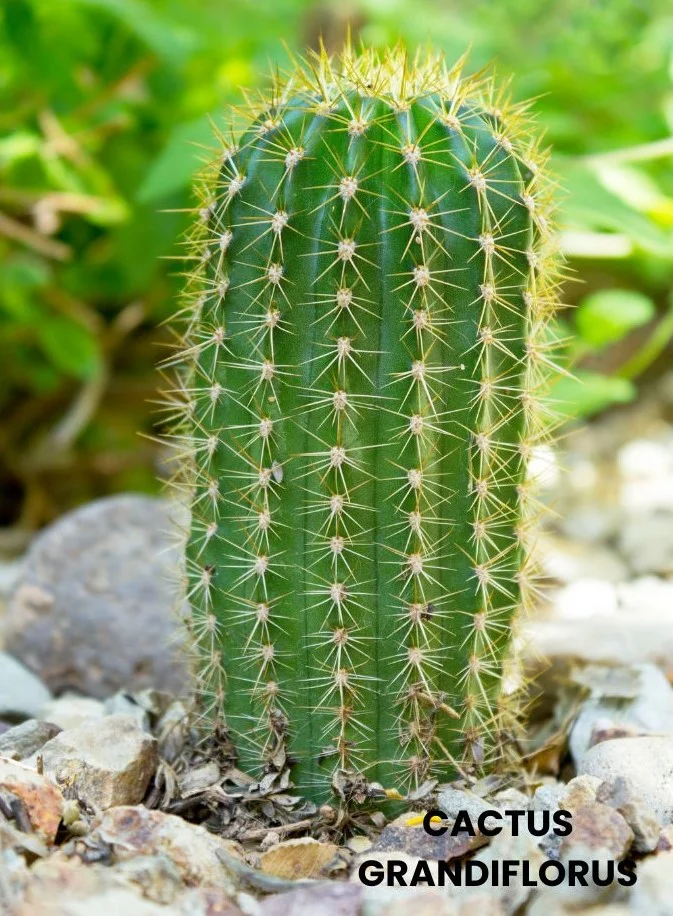
Cactus grandiflorus acts primarily on the circular muscular fibres, leading to characteristic constrictions felt throughout the body. It affects the heart and arteries, producing sensations as if being bound by an iron band.
CACTUS GRANDIFLORUS Read Post »
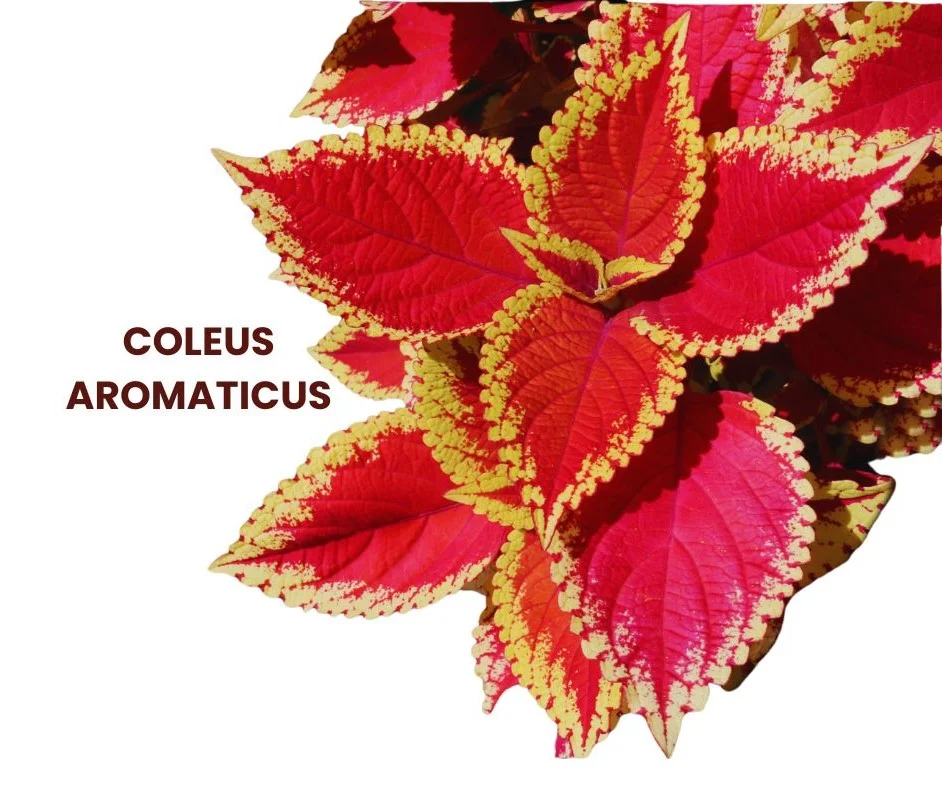
Coleus aromaticus, commonly known as Pashanbhed, is a medicinal plant renowned for its therapeutic properties, especially in treating genitourinary disorders such as gonorrhea and urinary troubles.

Clerodendron infortunatum, commonly known as “Bhat” or by various other names such as Bhanta, Ghantakarna, Bhandira, and Kari, is a medicinal plant belonging to the Leguminosae family.
CLERODENDRON INFORTUNATUM Read Post »
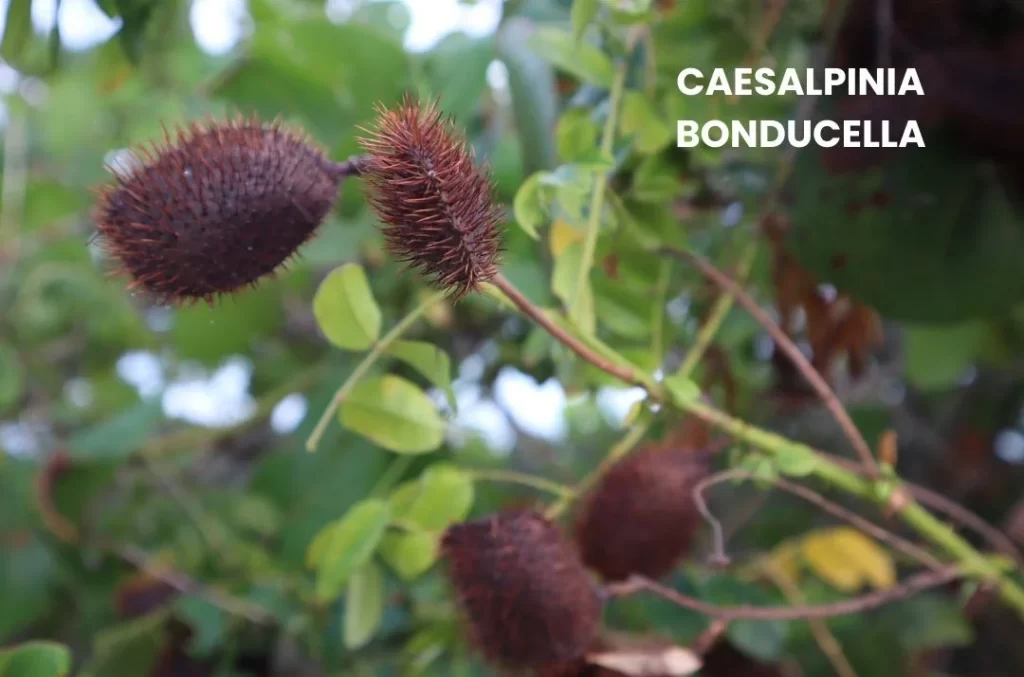
In homeopathy, Caesalpinia bonducella is prepared as a mother tincture or in low potencies and is indicated for conditions such as fever, headache, gastrointestinal complaints, and skin disorders.
CAESALPINIA BONDUCELLA Read Post »

Cynodon dactylon has a rich history of use in traditional medicine systems, including Ayurveda, Siddha, and Unani, where it is known by various vernacular names such as Durba, Arugu, and Garike.

In homeopathy, Carica papaya is prepared as a remedy to address various health conditions, particularly those related to the gastrointestinal and female reproductive systems.
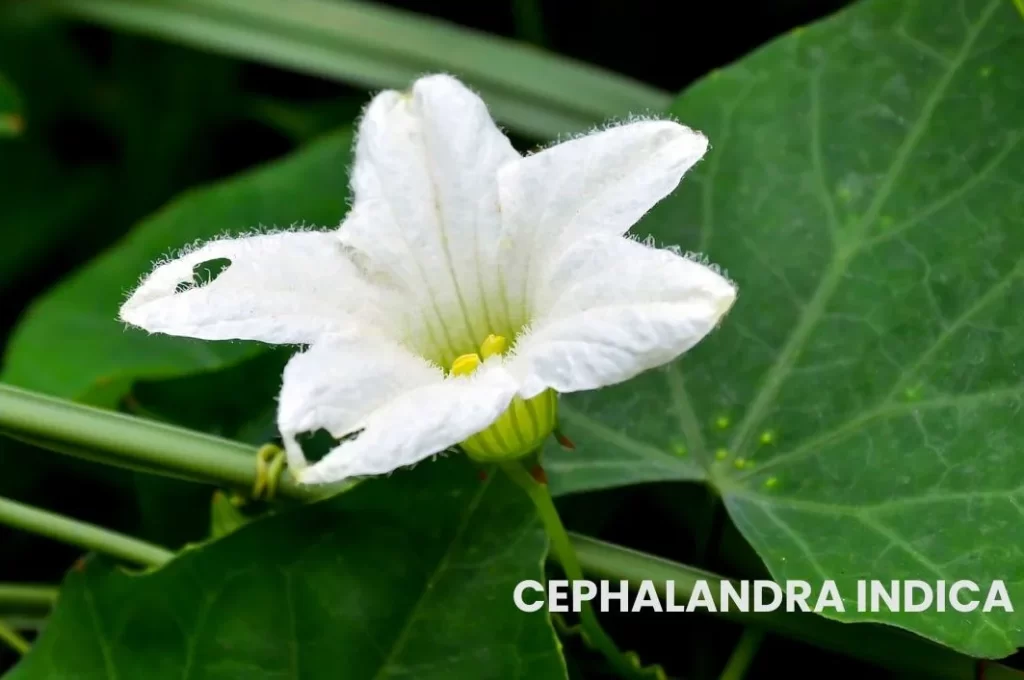
Cephalandra indica has a long history of use in traditional medicine systems for various health conditions, including diabetes mellitus, skin issues, jaundice, and dropsy.
CEPHALANDRA INDICA Read Post »
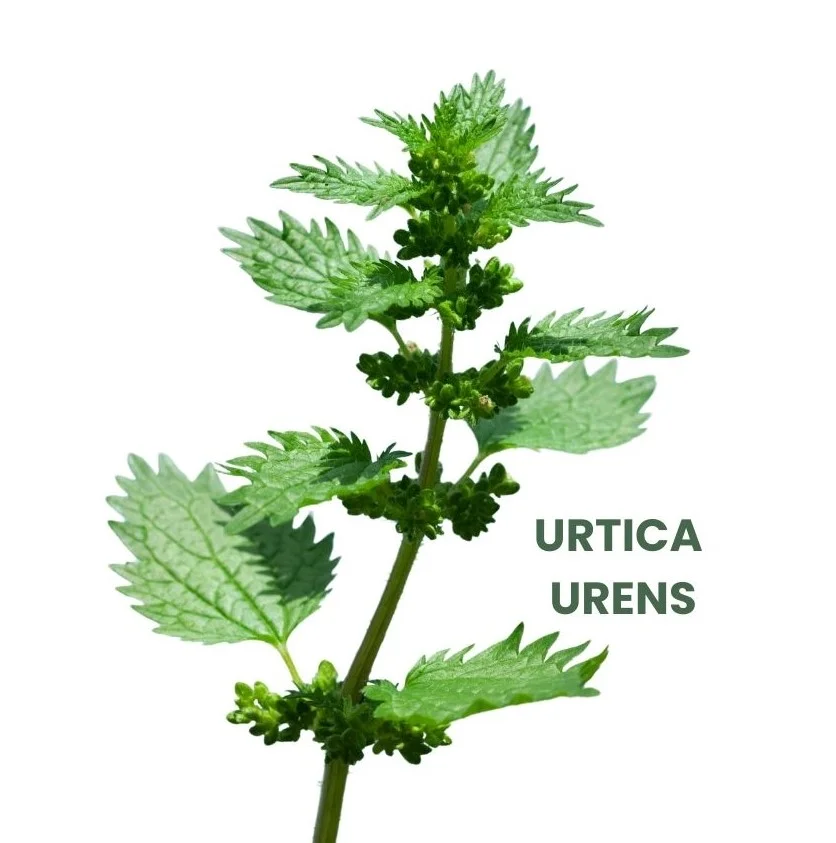
Urtica Urens, commonly known as Stinging Nettle, is a remedy with a long history of use dating back to the writings of Dioscorides. It is particularly renowned for its effects on the skin, mucous membranes, Genito-urinary organs, spleen, and joints.

Uranium Nitricum, also known as Nitrate of Uranium, is a homeopathic remedy derived from uranium nitrate. It is primarily associated with conditions such as diabetes, nephritis, liver degeneration, and dropsy.
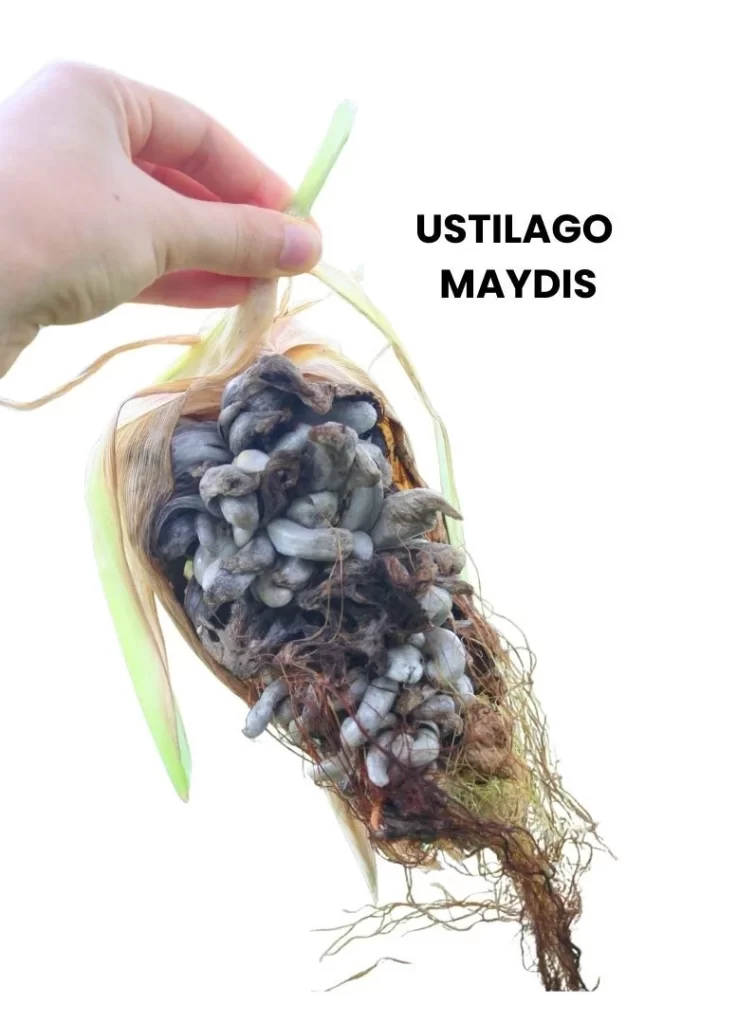
The tests of Ustilago maydis showed that it works well for issues related to sex organs in both men and women. Additionally, it has strong effects on the skin, hair, and nails.